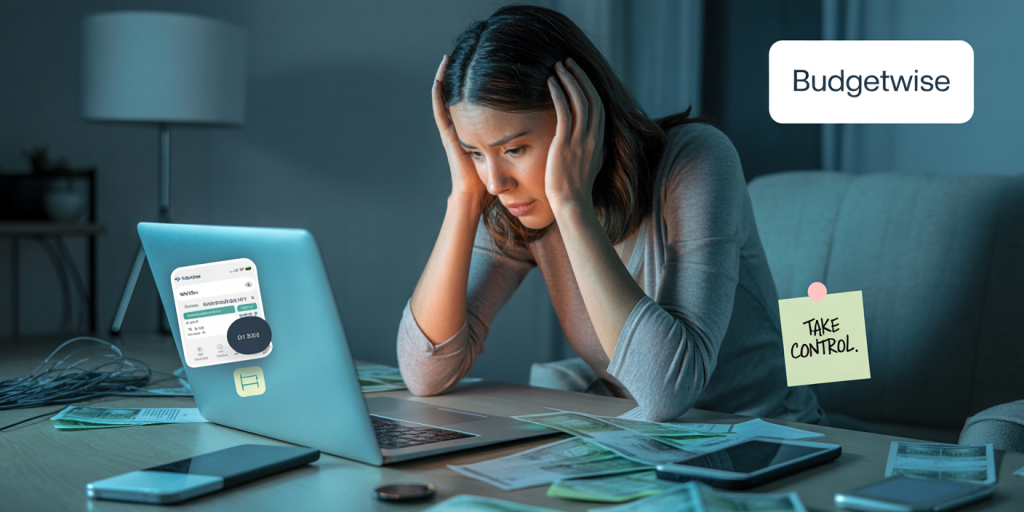Emotions play a critical role in shaping consumer behavior, influencing how individuals make financial decisions, including their spending patterns. The connection between feelings and expenditures has been studied extensively, revealing that emotions can drive impulsive purchases, delay necessary spending, or even trigger financial regret. This article delves into the complex relationship between emotions and spending, exploring how different emotional states impact purchasing behaviors, supported by statistics, practical examples, and expert insights.
Emotional Triggers and Consumer Behavior
Emotional triggers are internal states that activate a desire or need to make a purchase. These triggers are often subconscious, prompting consumers to spend money as a response to feelings of happiness, sadness, stress, or anxiety. According to a study by the American Psychological Association, approximately 75% of consumers report that emotions influence at least half of their buying decisions.
For example, retail therapy is a well-known phenomenon where people shop to alleviate negative emotions like stress or sadness. A 2021 survey by Credit Karma revealed that 43% of adults admitted to making impulse purchases as a method to improve their mood. While retail therapy can provide temporary relief, it often leads to overspending and financial strain. Conversely, positive emotions such as excitement or joy can lead to celebratory spending, such as buying luxury items or splurging on experiences, reflecting an emotional reward mechanism built into consumer habits.

The Role of Negative Emotions in Overspending
Negative emotions such as anxiety, loneliness, and boredom are significant drivers of unplanned or excessive spending. Financial stress, somewhat paradoxically, can exacerbate poor spending habits. When individuals feel overwhelmed by money-related issues, they are more likely to avoid confronting the problem and instead indulge in impulsive purchases that momentarily distract from their worries.
Consider the case of Sarah, a young professional who struggled with anxiety during the COVID-19 pandemic lockdown. To cope, she frequently shopped online for clothes and gadgets, resulting in a credit card balance she could barely manage. Her experience reflects findings from a 2020 Federal Reserve report, which indicated a 25% increase in credit card debt attributed to emotional spending during periods of social isolation.

Moreover, boredom-related spending is rampant in the digital age, where e-commerce platforms make shopping accessible around the clock. A study from the University of Chicago found that 30% of online purchases are initiated because of boredom, highlighting how negative emotional states often mask underlying financial instability.
Positive Emotions: Facilitating Planned and Reward-Based Spending
While negative emotions frequently result in impulsive spending, positive emotions tend to promote more deliberate purchases, often as a form of reward or celebration. When individuals feel confident, happy, or successful, they are more likely to spend money on experiences or products that reinforce those feelings.
For instance, after receiving a promotion, many employees choose to invest in items like technology, apparel, or dining out to celebrate. This behavior is supported by Gallup polls indicating that 60% of consumers use bonuses or raises for “reward purchases” rather than essential financial obligations. These purchases are typically planned and within budget, reflecting a healthier relationship with money compared to negative-emotion-driven spending.
However, even positive emotional spending can occasionally lead to overspending if not carefully managed. The phenomenon known as “progressive spending” occurs when small celebratory purchases escalate into larger expenditures, potentially destabilizing personal budgets over time. Awareness and budgeting can mitigate these risks, allowing people to enjoy emotional rewards responsibly.
Emotional Branding and Marketing: Leveraging Feelings to Influence Spending
Marketers and advertisers frequently tap into consumers’ emotions to shape spending habits. Emotional branding creates connections between a product or service and a specific feeling, increasing the likelihood of purchase. For example, luxury brands often market exclusivity, status, and sophistication to appeal to consumers’ desires for social prestige.
A quintessential example is Apple, which has cultivated a brand identity centered on innovation, creativity, and self-expression. Research by Nielsen shows that emotionally connected customers are more than twice as valuable as highly satisfied customers in terms of lifetime value. This demonstrates how emotional branding translates into sustained spending patterns and brand loyalty.
Seasonal marketing campaigns also exploit emotions like nostalgia, joy, and generosity. Holiday advertisements, for example, use heartwarming stories to encourage gift purchases, leveraging the emotional climate to boost sales. According to the National Retail Federation, holiday sales typically account for 20-30% of annual retail revenue, underscoring the significant impact of emotion-driven marketing.
| Emotion Leveraged | Marketing Strategy Example | Consumer Response |
|---|---|---|
| Nostalgia | Classic holiday commercials | Increased gift purchases |
| Status | Luxury brand campaigns | Higher willingness to pay premium |
| Happiness | Event promotions (concerts) | Elevated ticket and merchandise sales |
| Anxiety | Limited-time offers | Urgency-driven impulse buying |
Practical Approaches to Manage Emotional Spending
Managing emotional spending requires both self-awareness and practical financial strategies. One effective approach is the implementation of “cooling-off periods” before making purchases. By introducing a waiting time—24 to 48 hours—individuals can separate impulse from genuine need, reducing the impact of transient emotions.
Another practical method is emotional budgeting, which involves setting aside discretionary funds specifically intended for emotional or reward-based spending. This technique allows individuals to enjoy emotional retail without jeopardizing essential expenses or savings goals. For instance, setting a monthly limit on non-essential items can provide a balance between emotional satisfaction and financial responsibility.
Technology also plays a role in curbing emotional spending. Apps that track spending in real-time and send alerts can help users identify patterns and prevent overspending triggered by emotions. A study by JPMorgan Chase found that consumers who used budgeting apps were 30% less likely to engage in impulse purchases.
Educating oneself about emotional triggers is equally important. Cognitive-behavioral techniques, such as journaling feelings before spending or mindfulness practices, can foster greater emotional regulation and reduce the temptation to use shopping as an emotional crutch.
Future Perspectives: The Evolution of Emotion-Driven Spending
As technology advances, the intersection of emotion and spending is becoming increasingly sophisticated. Artificial intelligence (AI) and machine learning enable retailers to predict and influence purchasing behavior based on emotional data gleaned from social media, browsing history, and even biometric feedback.
Virtual and augmented reality shopping experiences are being developed to enhance emotional engagement, making the retail experience more immersive and personalized. Brands are exploring these technologies to strengthen emotional connections and drive spending by creating feelings of presence and excitement.
Furthermore, financial wellness tools are evolving to address emotional spending proactively, incorporating psychological insights into budgeting apps and personal finance platforms. Integrating emotion recognition features could provide users with timely interventions, helping them avoid emotional pitfalls.
On a broader scale, growing awareness about the psychological aspects of spending may prompt educational initiatives focused on emotional intelligence in financial literacy programs. These programs could equip consumers with skills to recognize emotional triggers and develop healthier financial habits early on.
| Trend | Potential Impact | Timeframe |
|---|---|---|
| AI-driven emotional analytics | Personalized marketing optimized | Within 5 years |
| VR/AR shopping environments | Enhanced emotional engagement | 3-7 years |
| Emotion-integrated finance apps | Real-time emotional spending control | Next 2-4 years |
| Emotional intelligence education | Improved financial decision-making | Ongoing/Expanding |
The rising emphasis on emotional factors in finance underlines a future where emotional awareness and technology converge to create smarter, more mindful spending behaviors. This progression promises benefits for consumers and businesses alike, fostering sustainable and emotionally informed economic activity.

In conclusion, emotions significantly affect spending behaviors, with both positive and negative feelings influencing how and why consumers purchase goods and services. Understanding emotional triggers, leveraging practical strategies to manage emotional spending, and anticipating future trends surrounding emotion-driven purchases can empower individuals to cultivate healthier financial habits. As technology and emotional intelligence intertwine, the opportunity to create a balanced and emotionally conscious spending landscape becomes increasingly attainable.